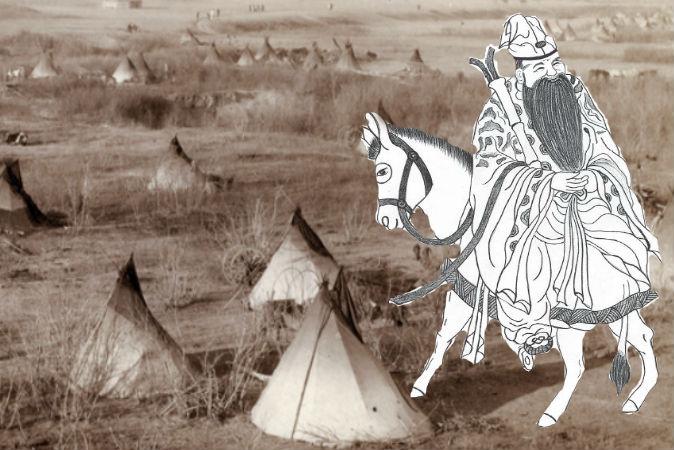Are you moving forward or backward in life? Some ancient cultures had figures that literally moved backward to remind the people around them to pay attention to their own figurative progression or regression.
Zhang Guo Lao

A depiction of Zhang Guo Lao riding backward on his donkey. Yeuan Fang/Epoch Times





